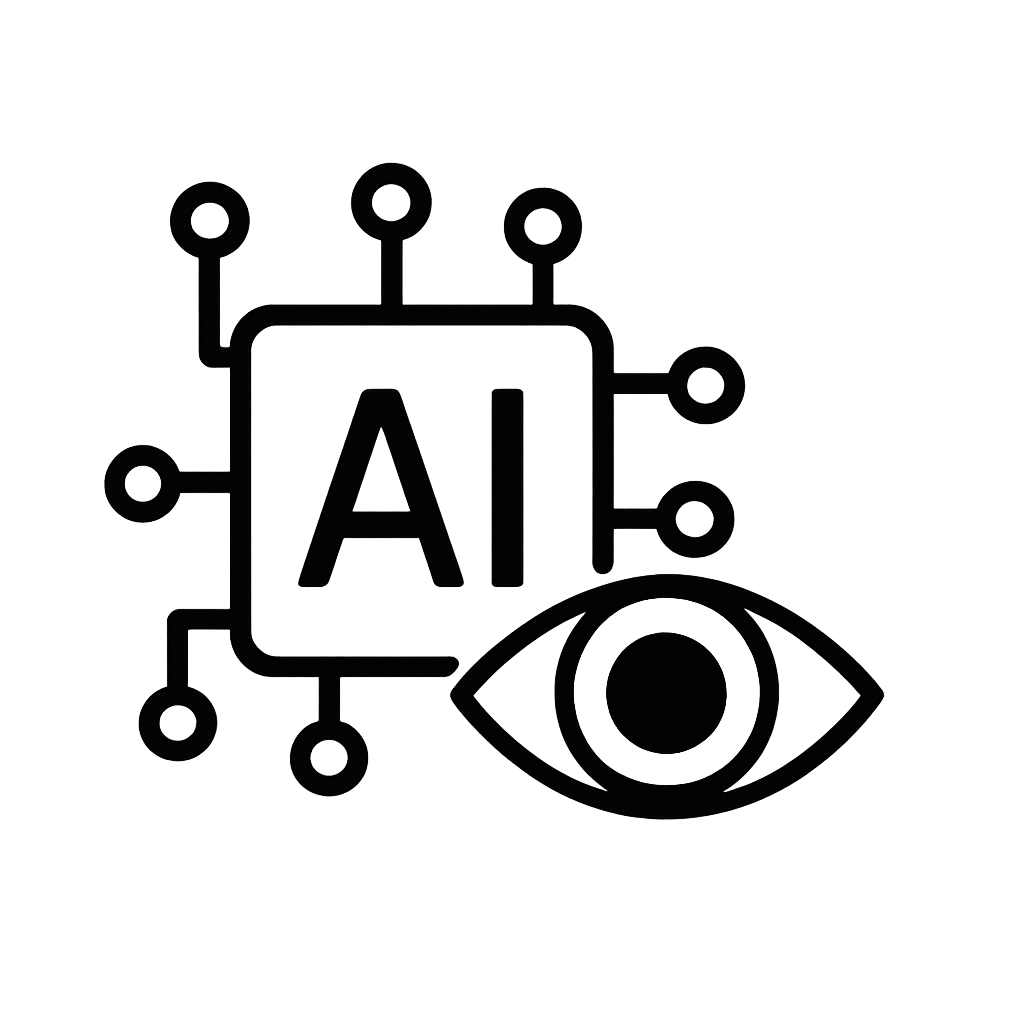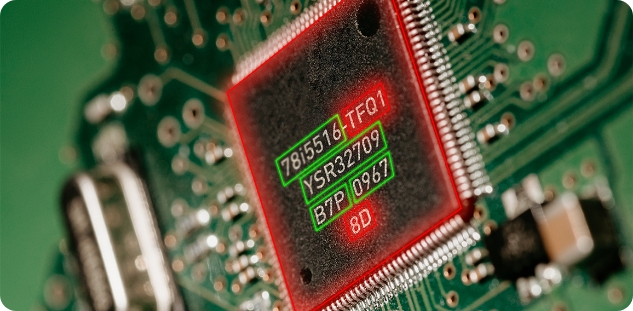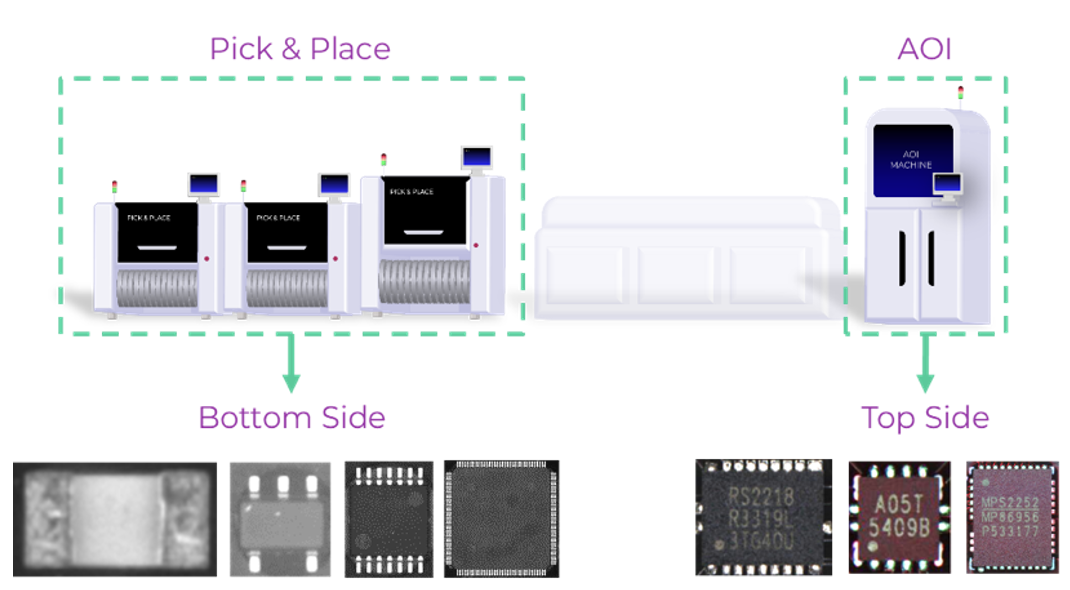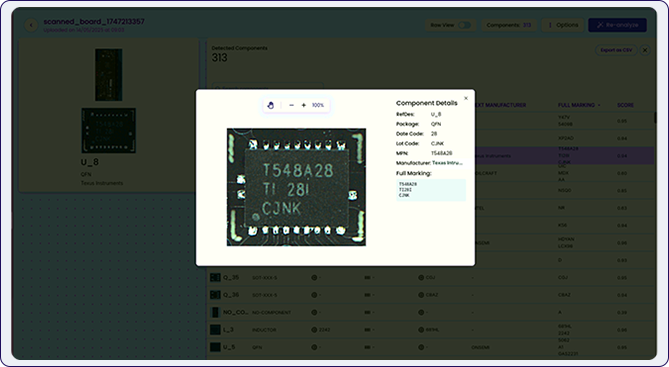- Home >
- Resources >
- Enhancing Product Integrity with AI-Powered Visual Inspection
Industry
Datacenter

Challenge
Accurate Root-Cause Analysis

Solution
Cybord Visual AI Platform
The Customer
A leading international data-center equipment manufacturer.

The Challenge
A leading Tier 1 OEM supplying data center systems faced a widespread quality issue after multiple unit malfunctions were reported across customer sites. Root cause analysis traced the issue to defective components used in systems assembled at a specific contract manufacturing site.
While production records and supplier declarations were in place, the OEM needed proof of what was actually assembled – not just what was documented. Trust in standard traceability processes had eroded.
With high-stakes customers and long deployment cycles, the OEM sought a real-time, component-level inspection solution that could detect physical defects, validate component authenticity, and ensure traceability at scale.

The Solution: Cybord Visual AI
The OEM deployed Cybord’s visual AI platform, integrating both top-side and bottom-side inspection modules directly into the SMT production line at the identified facility.
- Top-side analysis verified component markings, dates, lot codes, and origin
- Bottom-side inspection flagged physical defects, contamination, and improper handling — including corrosion, probe marks, and FOD (Foreign Object Debris)
Integration was completed in just two days, without disrupting production, creating a layer of real-time intelligence over the existing AOI systems.

Results: Full Visibility and Control
Within the first couple of weeks of deployment, the system already flagged numerous anomalies that had gone undetected by existing inspection processes. Critically, many of these defects may not even trigger failures during factory-level functional tests — meaning they would only surface later, as malfunctions in the field. By identifying these risks at the component level during production, the OEM was able to intervene early and prevent costly, reputation-damaging failures at customer sites.
Findings included:
- Bottom-side anomalies:
- Body defects in thousands of components in violation of IPC-A-610 Section 8.2.2
- Corrosion and contamination in violation of IPC-A-610 Section 10.6.4
- Probe marks, orientation errors, and upside-down components in hundreds of components
- Date code mismatches across hundreds of boards
- E.g. Components marked as 2024 WW32 were traced to mismatched lots like 2417, 2435, or even 2241

This enabled the OEM to intervene in real time, stop faulty units from reaching customers, and restore confidence in the integrity of its production process. Additionaly, Cybord provided the OEM with full visual traceability for every component and board coming off the line.

Customer Quote
Our customers expect uncompromising reliability — and that starts at the component level. With Cybord, we gained visual evidence of what’s actually being assembled, not just what’s on paper. The integration was fast, and we now have a powerful AI layer that improves inspection, adds traceability, and protects our reputation.


